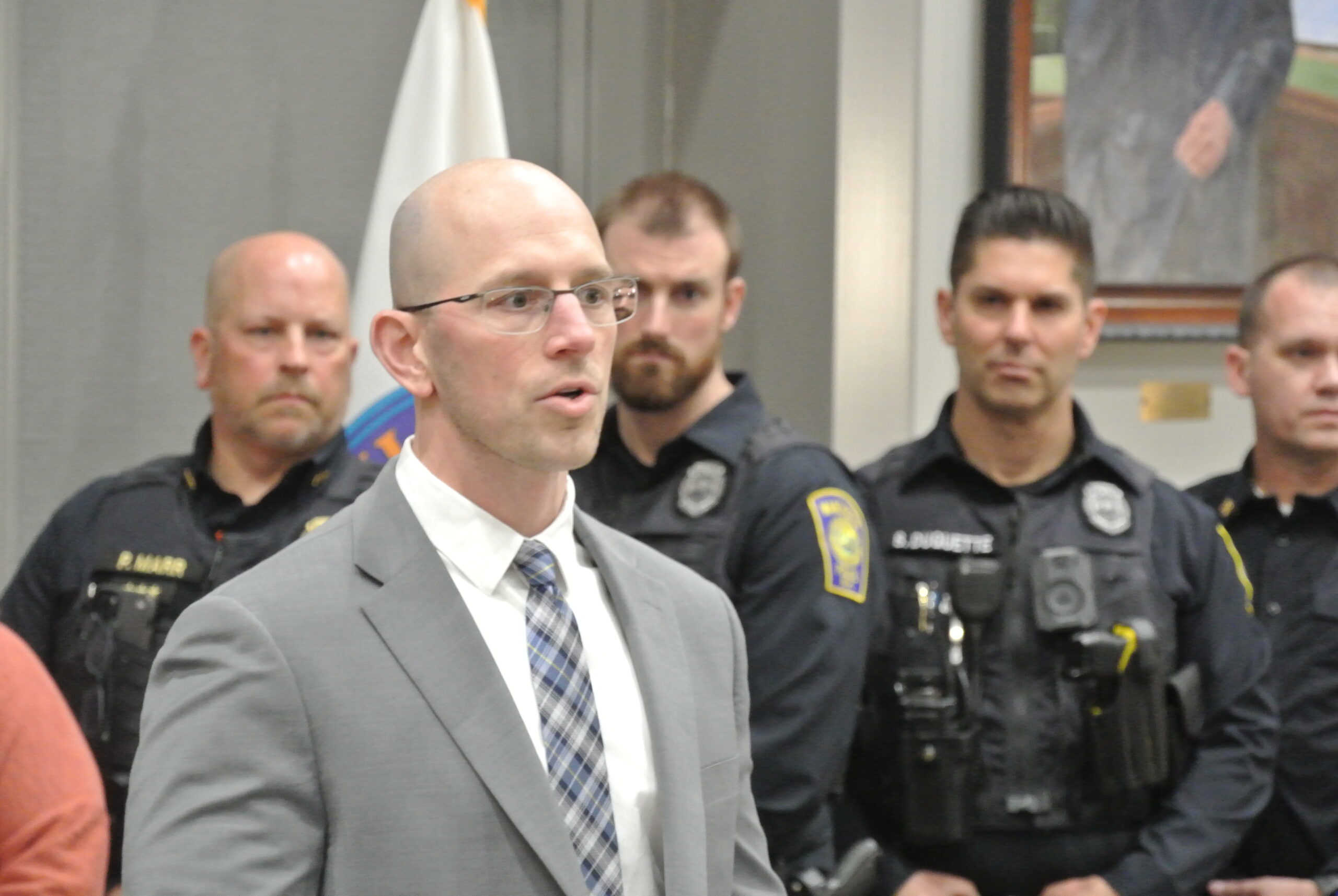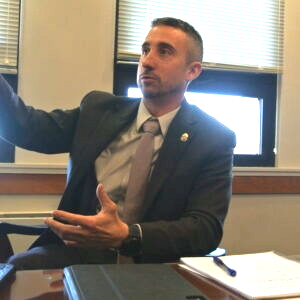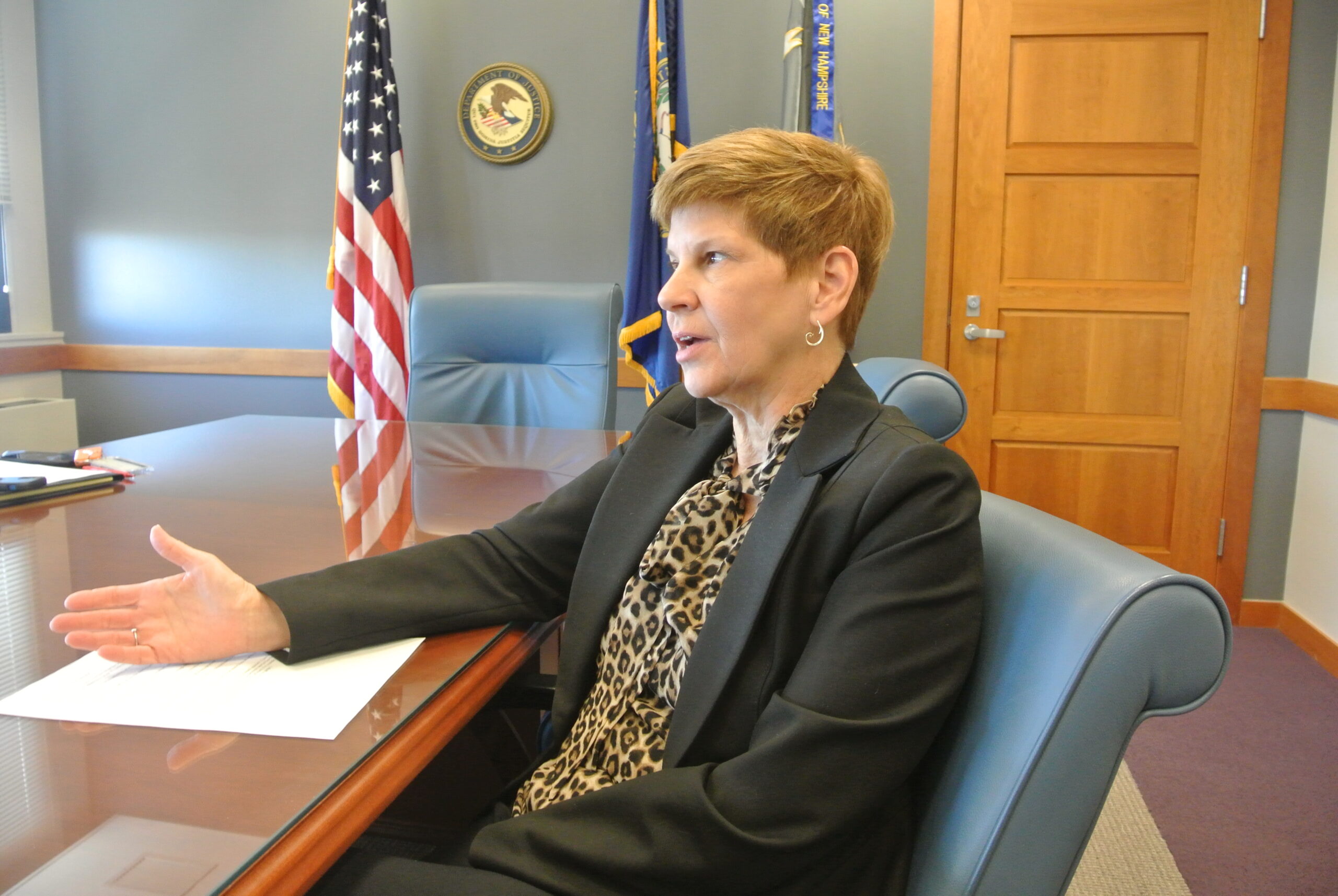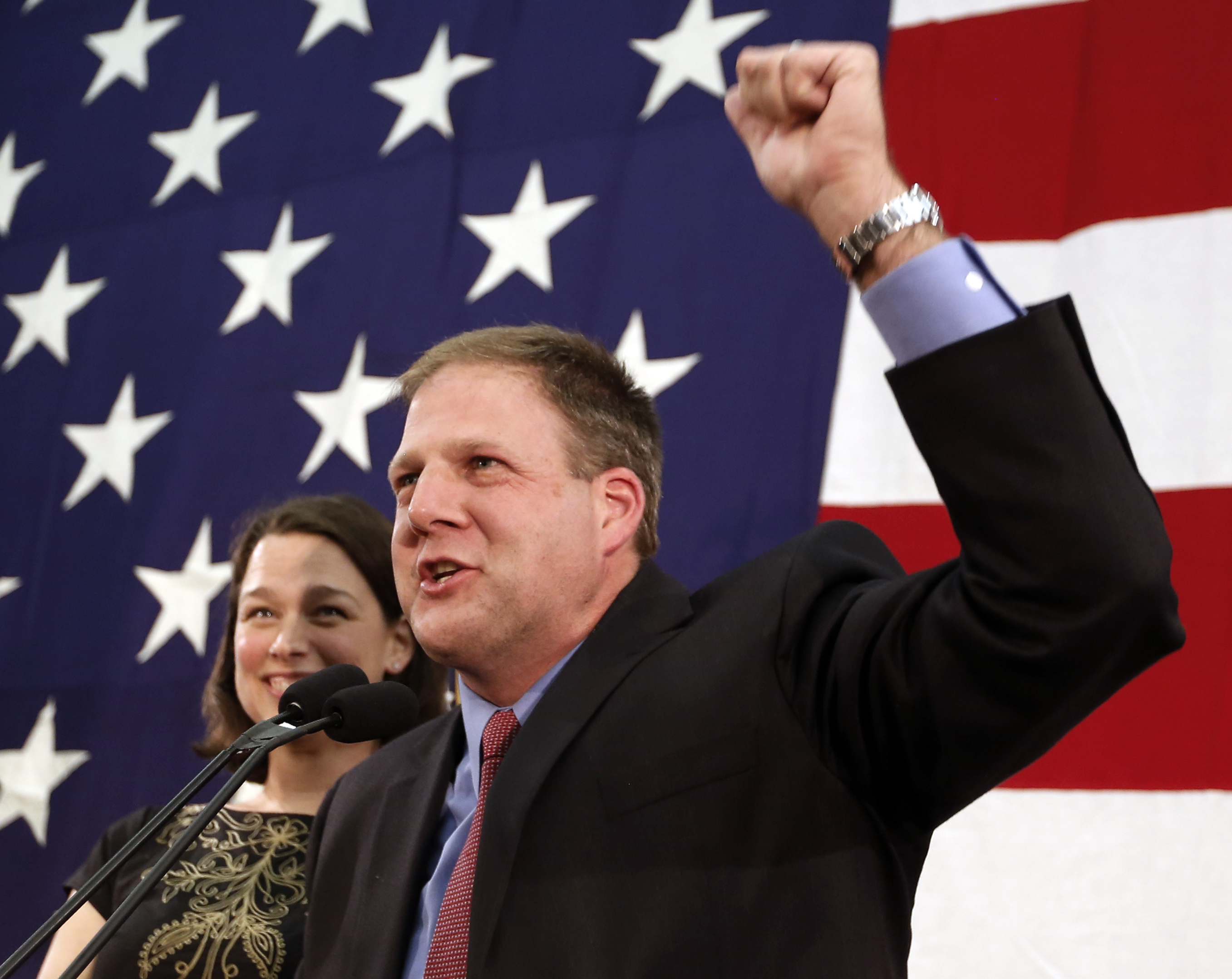Ayotte, Ruais Tout Success as NH Opioid Deaths Fall to 2020 Levels

The city of Manchester suffered the fewest opioid overdose fatalities in February since 2020, part of a statewide trend of fewer deaths and fewer ODs.
Mayor Jay Ruais (R-Manchester) is celebrating the good news but, along with fellow Republican Gov. Kelly Ayotte, says there is still more work to do.
“The significant decline in fatal opioid overdoses across the state and here in Manchester is the positive news we have been working so hard toward,” Ruais said.
Manchester recorded just three opioid overdose fatalities in February, the lowest one-month tally since November 2020. Chris Stawasz, with ambulance company Global Medical Response, Inc., said Manchester’s fatalities are now 12 percent lower than the previous 12-month rolling average.
And Manchester isn’t the only bright spot for a state that’s struggled to address the opioid epidemic for years. The state Office of the Chief Medical Examiner’s latest report shows a 35 percent drop in opioid overdose deaths from 2023 to 2024.
Ayotte said the numbers show New Hampshire is on the right track.
“Thanks to our state’s coordinated approach to fighting the drug crisis, New Hampshire is a model for the nation in bringing down fatal overdose deaths,” Ayotte said.
New Hampshire has focused on making recovery programs more accessible, getting life-saving naloxone to people who need it, and making sure people with substance abuse can get medical care and employment.
In Manchester, Ruais has focused on getting people experiencing homelessness into housing instead of temporary shelters where overdoses run rampant. This week, the city’s Board of Aldermen voted to spend $201,000 to pay for a mobile crisis unit and case manager to reach out to people in the grip of addiction. At the same time, the city will spend $250,000 from its Affordable Housing Trust fund to create up to 30 transitional housing beds to get people off the streets.
“We are making real progress addressing homelessness and reducing drug overdoses, so now is not the time to take our eye off the ball,” Ruais said.
Ayotte wants to see more done to stop drugs before they hit the streets.
Last month, she held a joint press conference with the mayor of Lawrence, Mass. — a notorious hub for illegal drugs in the region — to announce a joint effort to stem the flow of fentanyl and other opioids.
“We will build on this progress and continue to be vigilant by strengthening our drug interdiction efforts through Operation Granite Shield and Northern Shield while supporting those in recovery with investments in our Community Mental Health Centers and Recovery Friendly Workplaces,” Ayotte said.
On Tuesday, Acting U.S. Attorney Jay McCormack announced the arrest of three illegal immigrants from the Dominican Republic, charged with selling cocaine in Nashua. The arrests were carried out by the Drug Enforcement Agency with the help of the Nashua police.
Elizardo Escaria Delison, 32, Belisario Luis Delison, 49, and Rayddy Delison De Aza, 28, were each charged with one count of conspiracy to distribute and possession with the intent to distribute controlled substances.
Their arrests were part of Operation Take Back America, an initiative that, in part, targets overseas drug cartels operating in the United States.
For all the positive signs, Stawasz cautions people to be ready in case things start going south again.
“Please keep in mind that due to the nature of the opioid epidemic and its clear history of unpredictability, it is always possible that the trend of lower numbers could quickly change,” Stawasz said.







